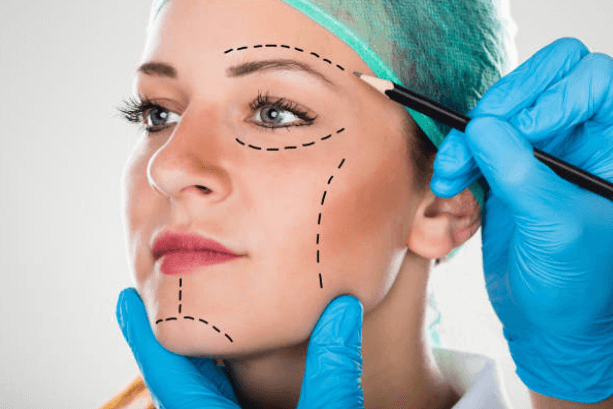Facelifts, LifeStyle Lifts, and Facial Aging
My practice is frequently asked if we conduct the ‘Lifestyle Lift,’ ’S-Lift,’ and other -lift-related procedures. Of course, the callers and patients are unaware that all of these names refer to the same operation, also known as a restricted facelift. The attraction of improved sagging jowls or loose neck skin without the downtime of a full facelift Santa Barbara piques their attention.

The misperception stems from a broad misunderstanding of what a facelift is and what it does. A facelift is commonly thought of as a treatment that begins at the crown of the head and ends somewhere below the neck. Many patients are certain that a facelift is not for them due to visions of weeks of isolation, obscene facial swelling and bruising, and disastrous financial pressure. They don’t realize that a facelift is actually a treatment with a different name. A necklift or a jowl-necklift is a more appropriate description of what it is. In and of itself, a facelift does relatively little above the jawline or for the majority of the face. This technique just affects the neck and jowl lines. Other rejuvenating treatments, such as those on the eyes, nose, cheeks, lips, and chin, are sometimes performed at the same time as a facelift. These techniques are useful in conjunction with a facelift, but they do not comprise the facelift procedure. A facelift, as a stand-alone treatment, focuses on the neck and jowls, restoring a sharper neck angle and a clean jowl line.
As a result, a restricted facelift is a less invasive form of a full facelift. As previously indicated, it has a slew of snappy names for a number of marketing goals. Some plastic surgeons are known for naming procedures. However, they all follow the same technique in the end. A limited facelift is exactly that: limited. The length of the incisions (in front of the ear), the amount of skin that is undermined and removed, and the amount of post-surgery care and rehabilitation are all significantly less than a full facelift. The main thing to remember is that the result is not as dramatic as a full facelift. As a result, restricted facelifts are best performed on younger patients with facial aging issues or older patients who merely desire a minor facelift for recovery or financial reasons.
Almost half of the facelifts I perform now are of the restricted sort. They’re popular since they’re easy to recover from, have little discomfort, and cause little swelling and bruising. They are an excellent temporary solution that will significantly delay the need for a facelift in some individuals and may even completely remove the need for a full facelift in others. They make a wonderful difference when combined with other tiny facial operations like eye tucks and peels, and there’s no risk of having that ‘operated appearance.’